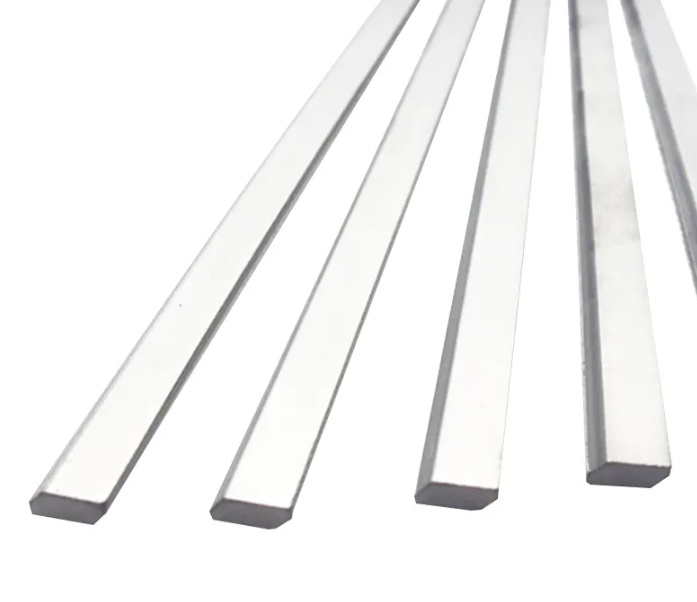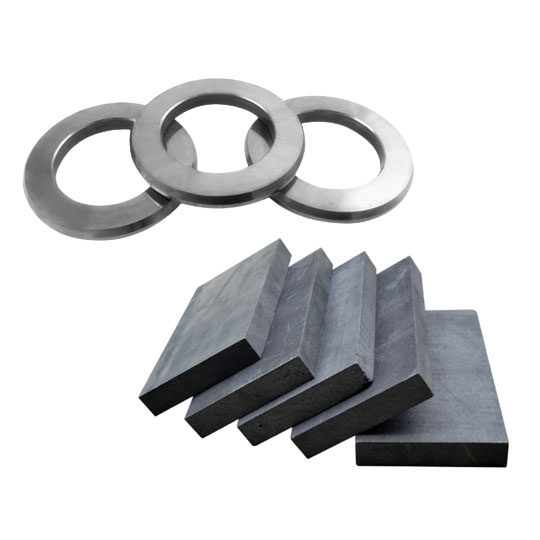Introduction: The Unsung Heroes of Modern Manufacturing
Barres en carbure are revolutionizing how tools are made and used in countless industries. From aerospace to automotive, from mold-making to electronics, these tiny rods are punching way above their weight.

Key Advantages of Tiges en carbure in Tooling
Carbide rods are not your average materials. These tiny giants are made primarily of tungsten carbide powder mixed with a metallic binder, usually cobalt. This combo results in an alloy that’s harder than steel, tougher than nails, and smoother than jazz.
What Makes Carbide Rods So Special?
| Fonctionnalité | Description |
|---|---|
| Dureté | Rated up to 9 on the Mohs scale—harder than most cutting materials. |
| Résistance à l'usure | Handles abrasive conditions like a champ, lasting 10x longer than HSS. |
| Résistance à la chaleur | Keeps its cool even under high-speed cutting temperatures. |
| Stabilité dimensionnelle | Maintains shape and tolerance under pressure. |
| Précision | Enables micro-finishing and high-tolerance machining. |
Imagine trying to cut through titanium or hardened steel with a butter knife. That’s what you’re up against without carbide. It’s like comparing a chainsaw to a pocket knife.
Applications in Industrial Tooling Solutions
So where do these carbide rods actually shine? The short answer: everywhere precision and durability matter. Let’s break it down.
Industries That Swear by Carbide Rods
| L'industrie | Application |
|---|---|
| Aérospatiale | High-performance turbine blades, fasteners, structural components. |
| Automobile | Cutting tools for engine blocks, transmission cases, and brake rotors. |
| Électronique | Micro-drills for PCBs, semiconductor tooling. |
| Médical | Surgical tools, orthopedic implants, precision instruments. |
| Outil et matrice | Molds, punches, precision cutting and shaping tools. |
It’s like giving a surgeon a scalpel instead of a kitchen knife—carbide rods are all about precision and reliability in demanding applications.

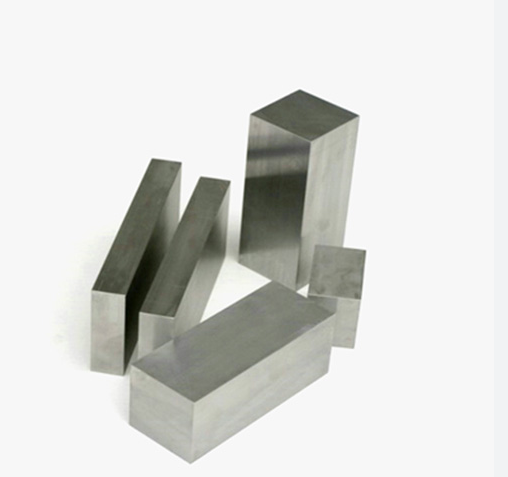
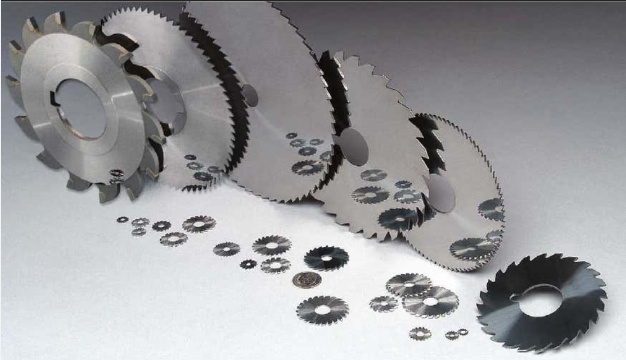
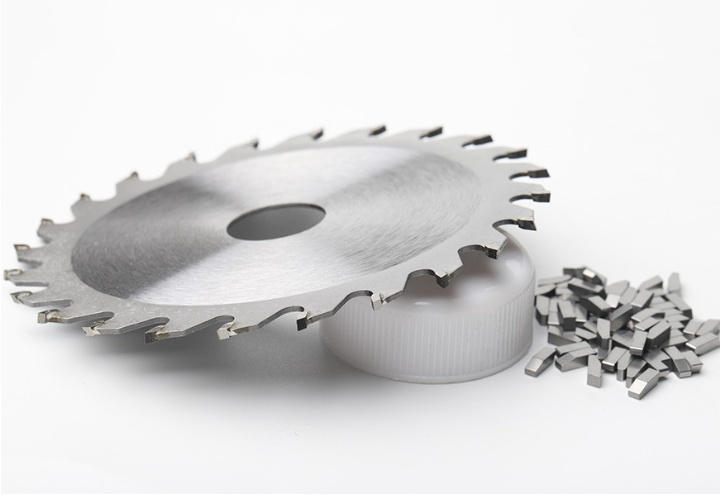
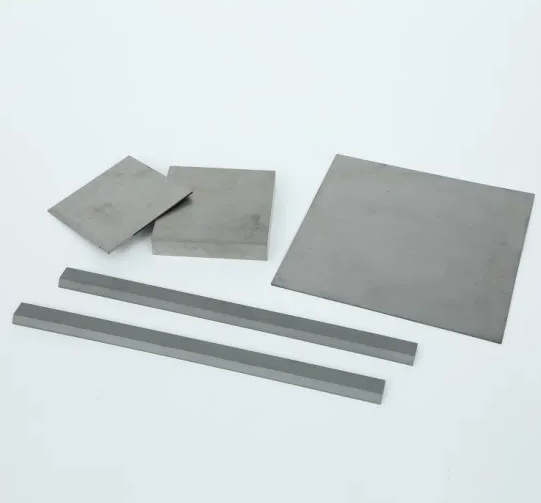
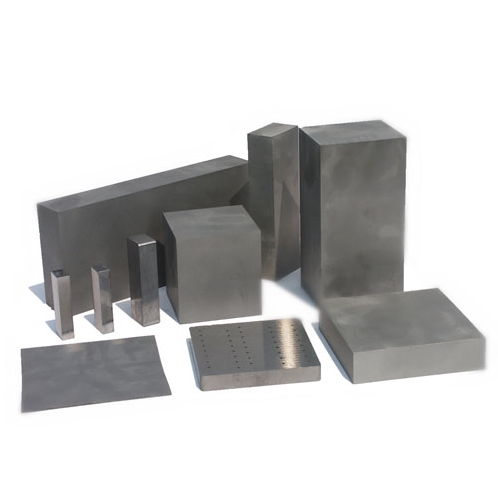
Why Carbide Rods Are Replacing Traditional Tool Materials
If high-speed steel (HSS) was the reigning king for decades, carbide rods are the new revolutionaries. Let’s see how they compare:
Carbide Rods vs. High-Speed Steel
| Propriété | Tiges en carbure | High-Speed Steel |
|---|---|---|
| Dureté | Extrêmement élevé | Modéré |
| Durée de vie de l'outil | Up to 10x longer | Plus court |
| Tolérance à la chaleur | Supérieure | Limitée |
| Vitesse d'usinage | Très élevé | Modéré |
| Coût | Coût initial plus élevé | Coût initial moins élevé |
Yes, carbide rods are more expensive up front. But think of them like a fuel-efficient car. Sure, it costs more to buy, but the long-term savings? Huge.
How to Choose the Right Carbide Rod for Your Application
Choosing the right carbide rod isn’t just plug-and-play. It’s like picking the right tire for your car—you need the right grip, size, and tread for the conditions.
Facteurs à prendre en compte
- Matériau usiné – Softer metals vs. hardened steel?
- Type d'outil – Drill bit, reamer, end mill, punch?
- Working Conditions – High speed? Wet or dry machining?
- Niveau de précision – Tolerances as tight as a drum?
- Coating Needs – TiN, TiAlN, or diamond coatings?
Top 10 Carbide Rod Powder Models with Descriptions
These are some of the most respected powders in the business, each with unique properties tailored to specific tooling needs.
| Modèle à poudre | Description |
|---|---|
| WC-Co 94/6 | Standard powder with 94% tungsten carbide and 6% cobalt. Ideal for general-purpose tools. |
| WC-Co 92/8 | Offers better toughness than 94/6. Good for interrupted cutting. |
| WC-Co 90/10 | More cobalt means more toughness—great for high-impact applications. |
| WC-CoCr 88/10/2 | Contains chromium for corrosion resistance—perfect for medical tools. |
| WC-TiC-Co | Titanium carbide addition improves wear resistance and heat stability. |
| WC-Ni | Nickel-bonded carbide, used in corrosion-sensitive applications. |
| WC-Co-TiN | Ideal for superhard applications like glass and ceramic machining. |
| WC-Co-TaC | Tantalum carbide enhances heat resistance and hot hardness. |
| WC-Co-CrN | Chromium nitride helps with lubricity—used in dry cutting. |
| Nano WC-Co | Ultra-fine particles for micro-drilling and fine machining tools. |
Each model is like a specialist on a surgical team—specific, effective, and irreplaceable in the right context.
The Future of Carbide Tooling Solutions
So, where is this all heading? Think automation, AI, and Industry 4.0. Carbide tooling is stepping into a smarter, more responsive future.
Emerging Trends
- Smart Tooling Systems – Embedded sensors to monitor wear and temperature.
- Fabrication respectueuse de l'environnement – More recyclable binder materials.
- Nanostructured Powders – For unprecedented sharpness and tool life.
- 3D Printed Carbide Components – Additive manufacturing meets carbide innovation.
We’re looking at a future where carbide tools not only last longer but also think smarter.
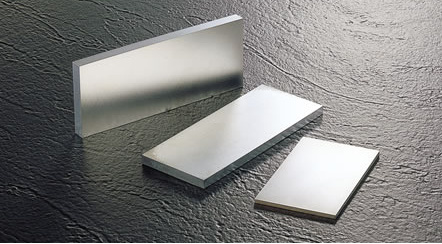
FAQ
| Question | Réponse |
|---|---|
| De quoi sont faites les tiges de carbure ? | Mainly tungsten carbide and cobalt, sometimes with additional elements like nickel or titanium. |
| Why are carbide rods better than steel? | They’re harder, more wear-resistant, and handle heat better. Think of them as the ‘super-alloy’ of tooling. |
| Where are carbide rods used most? | Aerospace, automotive, electronics, and precision medical tooling are major users. |
| Can carbide rods be used in 3D printing? | Yes, especially in advanced additive manufacturing setups that require extreme durability. |
| Quelle est la durée de vie des outils en carbure ? | Up to 10x longer than high-speed steel tools under similar conditions. |
| Les outils en carbure sont-ils recyclables ? | Yes, most carbide materials can be recycled and reused. |
| What’s the biggest disadvantage? | Higher initial cost and brittleness under improper use. |
| Do I need coating on my carbide tools? | Often, yes—coatings like TiN or TiAlN enhance performance and lifespan. |
| Comment choisir la bonne tige de carbure ? | Depends on material, speed, tool type, and required tolerances. |
| Is there a universal carbide rod for all applications? | Nope. Like shoes, the best fit depends on the use case. |

